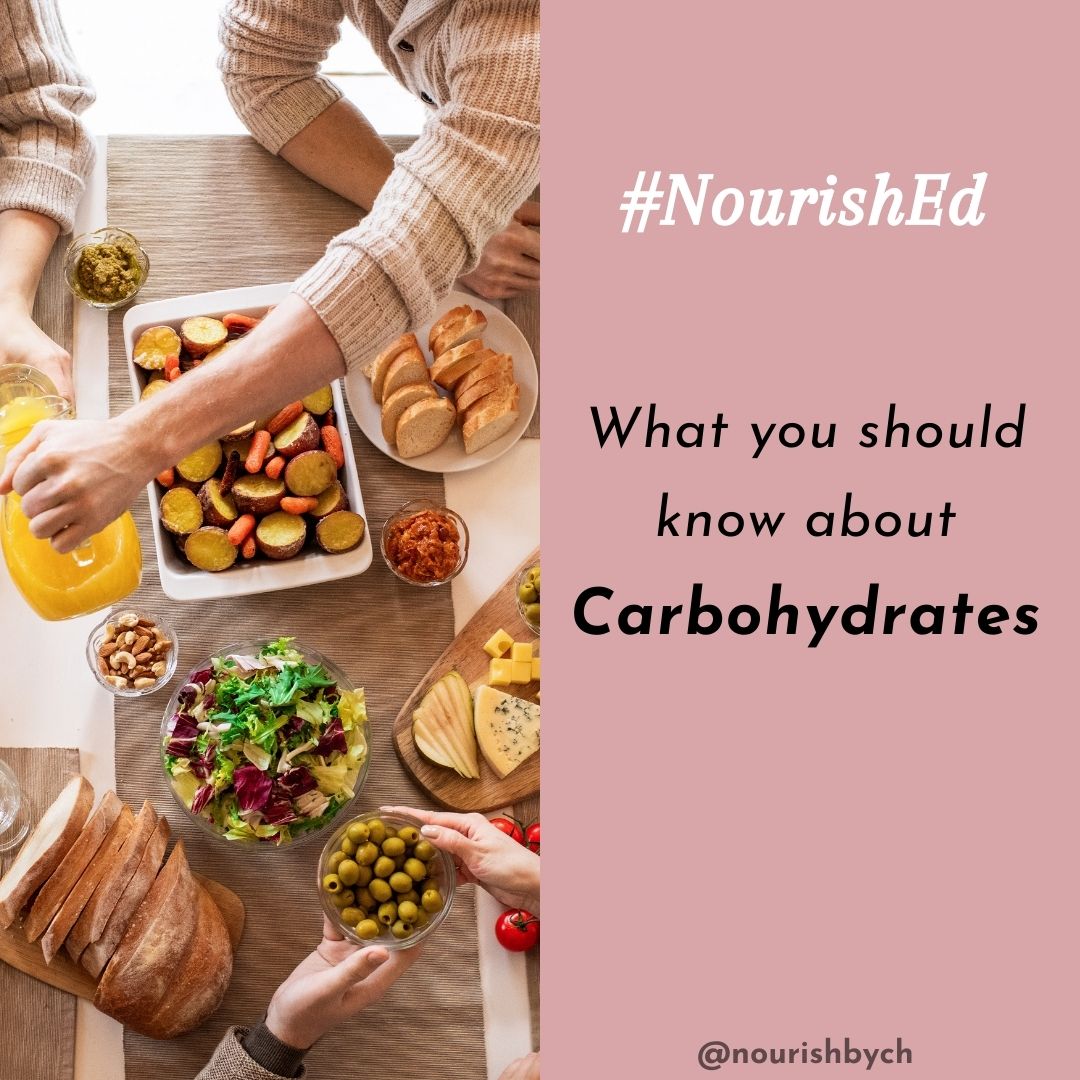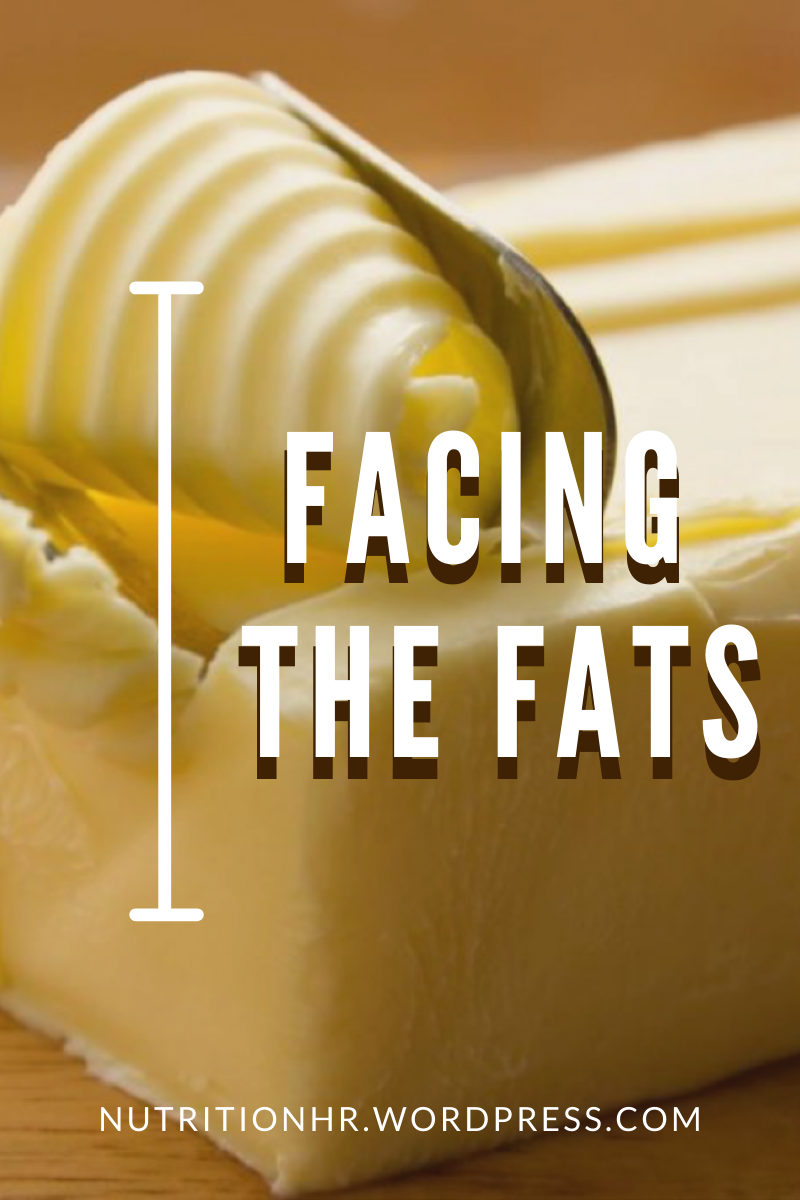
Should I avoid Carbs?
I always found it confusing when people said stuff like, “oh I have to cut down on bread to lose weight”. From a scientific perspective, bread is not super-charged with anything to cause weight gain. It’s definitely not like the magic bean that Jack had. If anything, bread is one of the most affordable staple foods capable of providing energy and micronutrients that you may not otherwise be getting. So, why do people think it’s making us fat? What about other starchy foods and sweet carbs? Today, we’ll talk a bit about the role of carbohydrates in global diets and hopefully, you’ll be able to determine if it’s the cause of weight gain.
Carbohydrates are one of the macronutrient trio which supplies energy to the body. CHO, or Carbs are a diverse set of molecules which are derived from organic monomers (units) such as glucose, fructose and galactose. Plants are the most diverse sources of carbohydrates because they use carbon dioxide and water to create carbs for energy and structure. Carbohydrates can range from the simplest sweet sugars like those found in fruits, to long, branched chains which taste starchy, such as those in potatoes, ground provisions and starchy foods.
Read More »Should I avoid Carbs?




